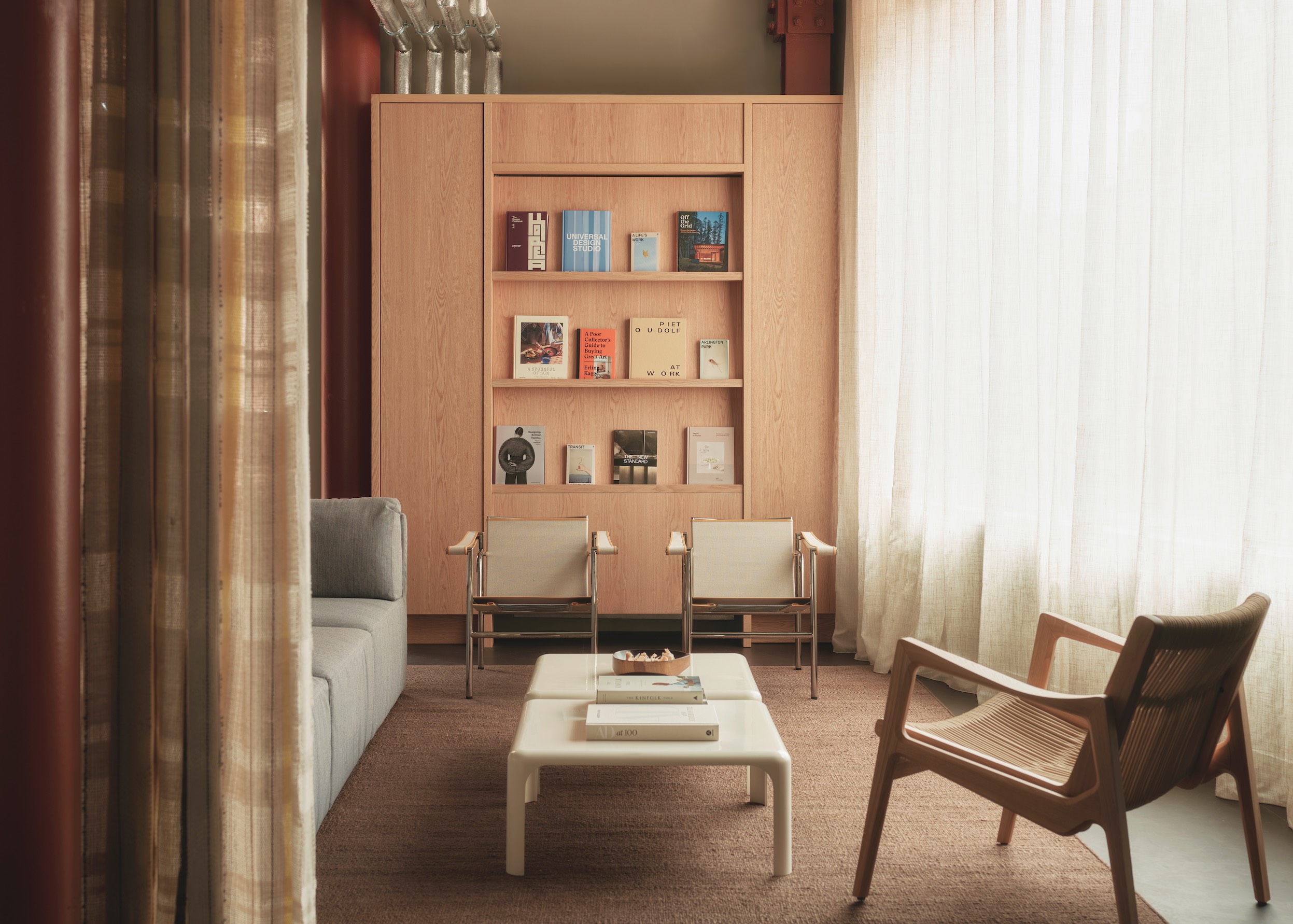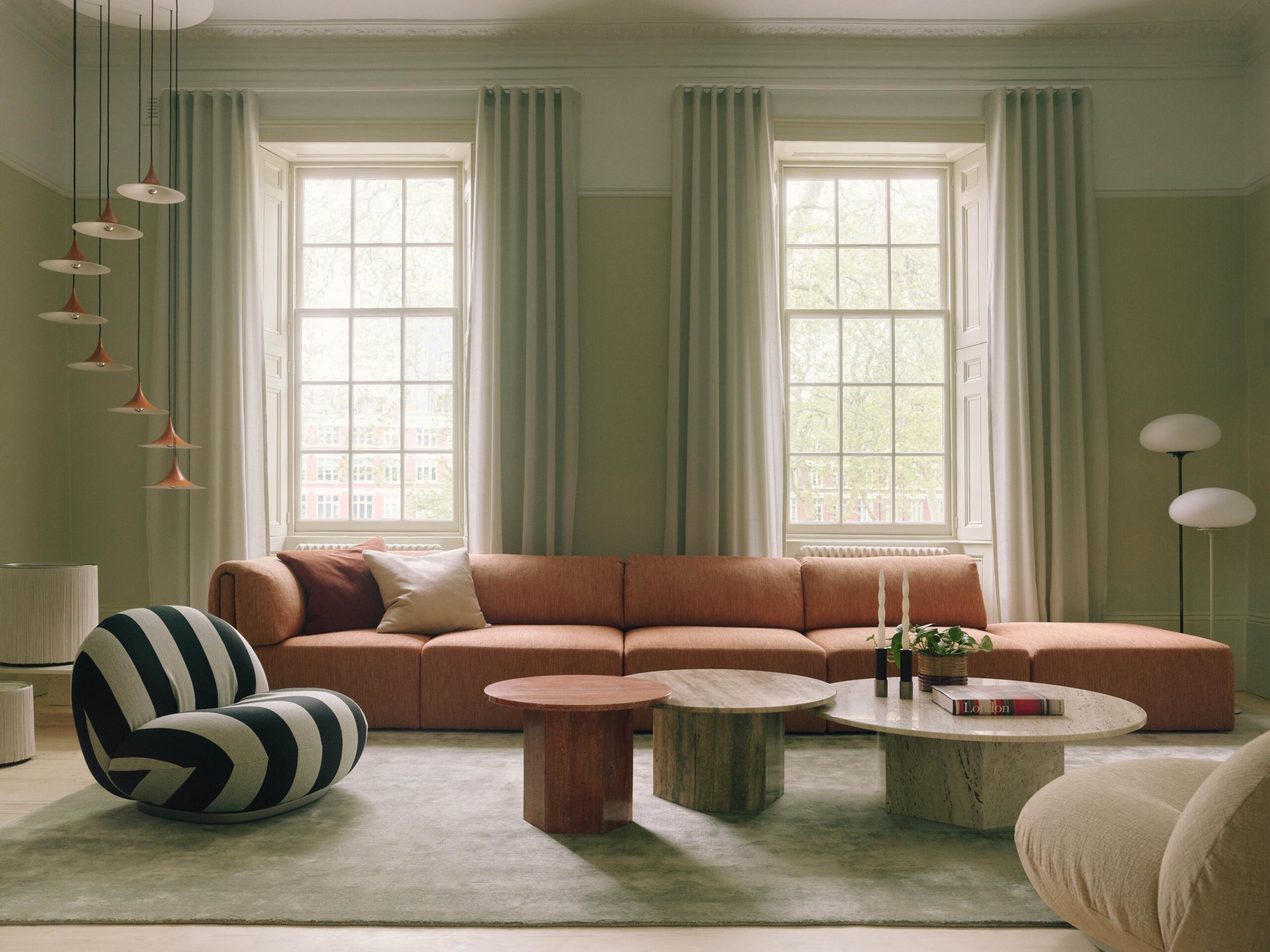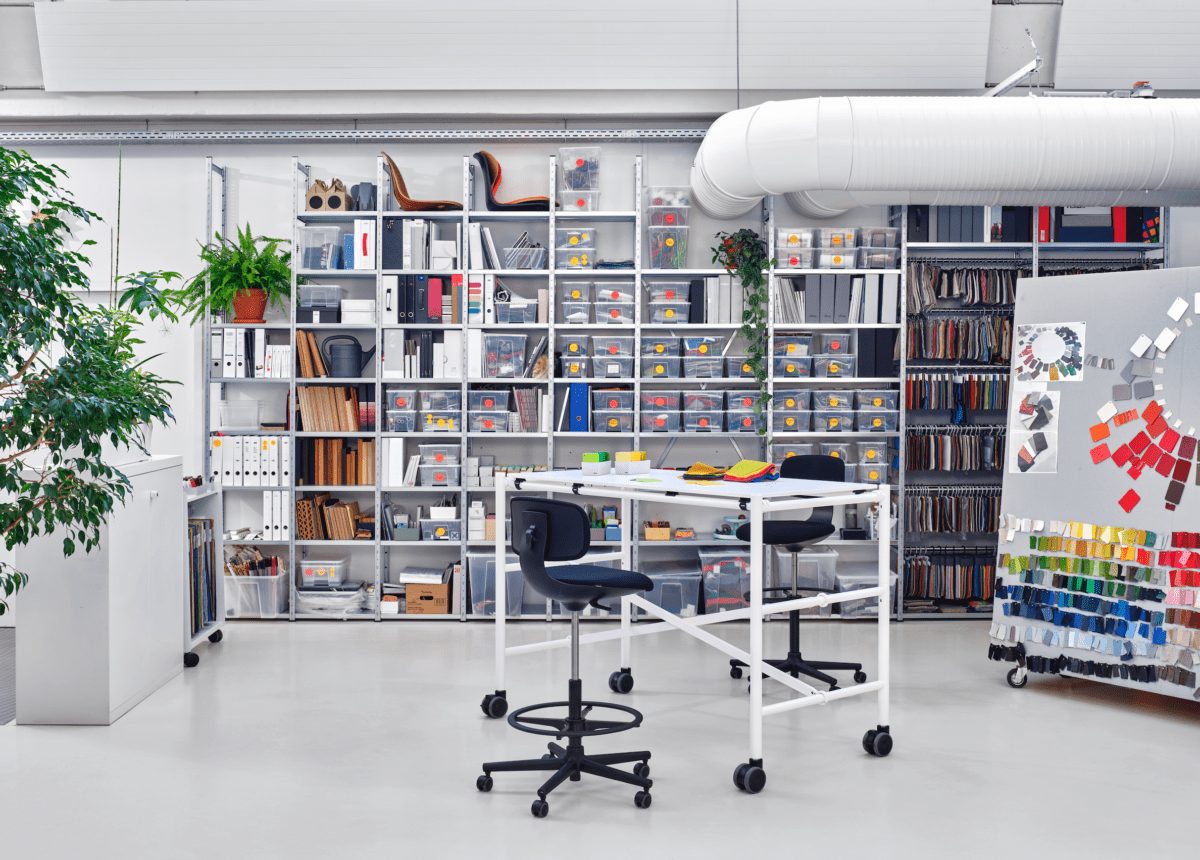
Vitra’s new and flexible tubular office system can be easily reconfigured to take you where you need to go
As how – and how much – we work continues to evolve, the spaces where we do this work need to keep up with our changing requirements. Swiss furniture designer and manufacturer Vitra has been quick to discard the static ideas of 20th-century office design and to rise to the challenge of moulding the future of our workspaces.
Flexibility and adaptability are in high demand – and Vitra’s newly launched modular minimalist Comma office system offers a timely, elegant solution.
“Comma is part of this change in the office world,” says Christian Grosen, Vitra’s chief design officer. “The system is a way to prepare for the future. Unlike conventional furniture, Comma is an investment in a flexible working environment that can be continually redesigned.”
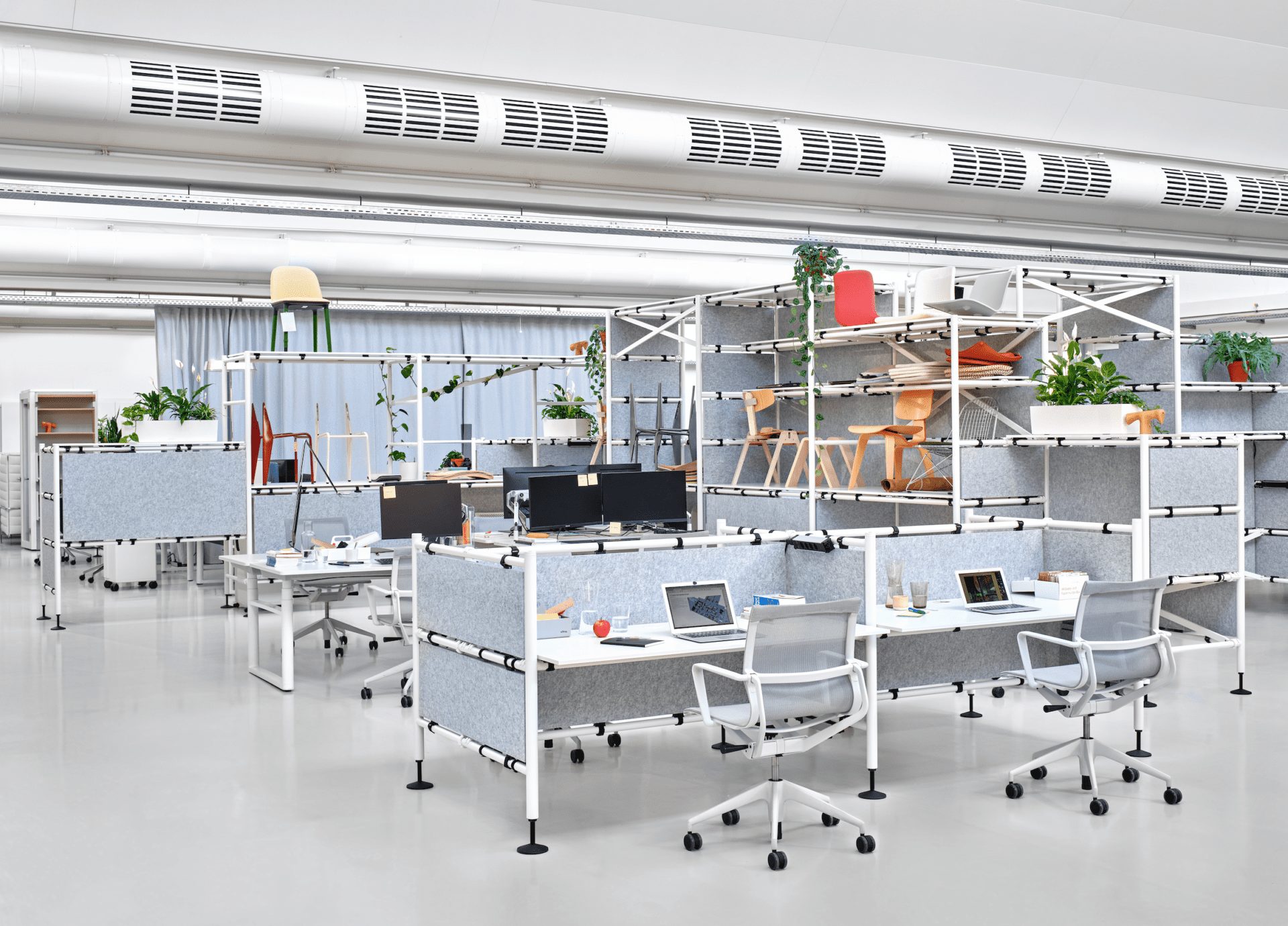
Vitra’s designers drew inspiration from the robustness and simplicity of scaffolding. Comma’s components are made of light tubular steel with only six individual parts, which can be easily configured into diverse structures, from workstations and telephone booths to shelving and workshop spaces.
“As a microarchitectural structure, it gives its users the opportunity to define spaces and areas according to their own wishes,” explains Grosen. “In this way, Comma corresponds to the attitude of a new generation of entrepreneurs and professionals who do not wish to be bound by the rigid rules of traditional monofunctional offices.”
What’s more, the system, which comes in a light or dark colour scheme, is mercifully simple to set up and reconfigure as needed. “All the connections for Comma are clearly visible and easy to manipulate,” says Grosen. “Nothing is hidden. Each user should be able to comprehend the logic of the system without getting lost in technical details.”
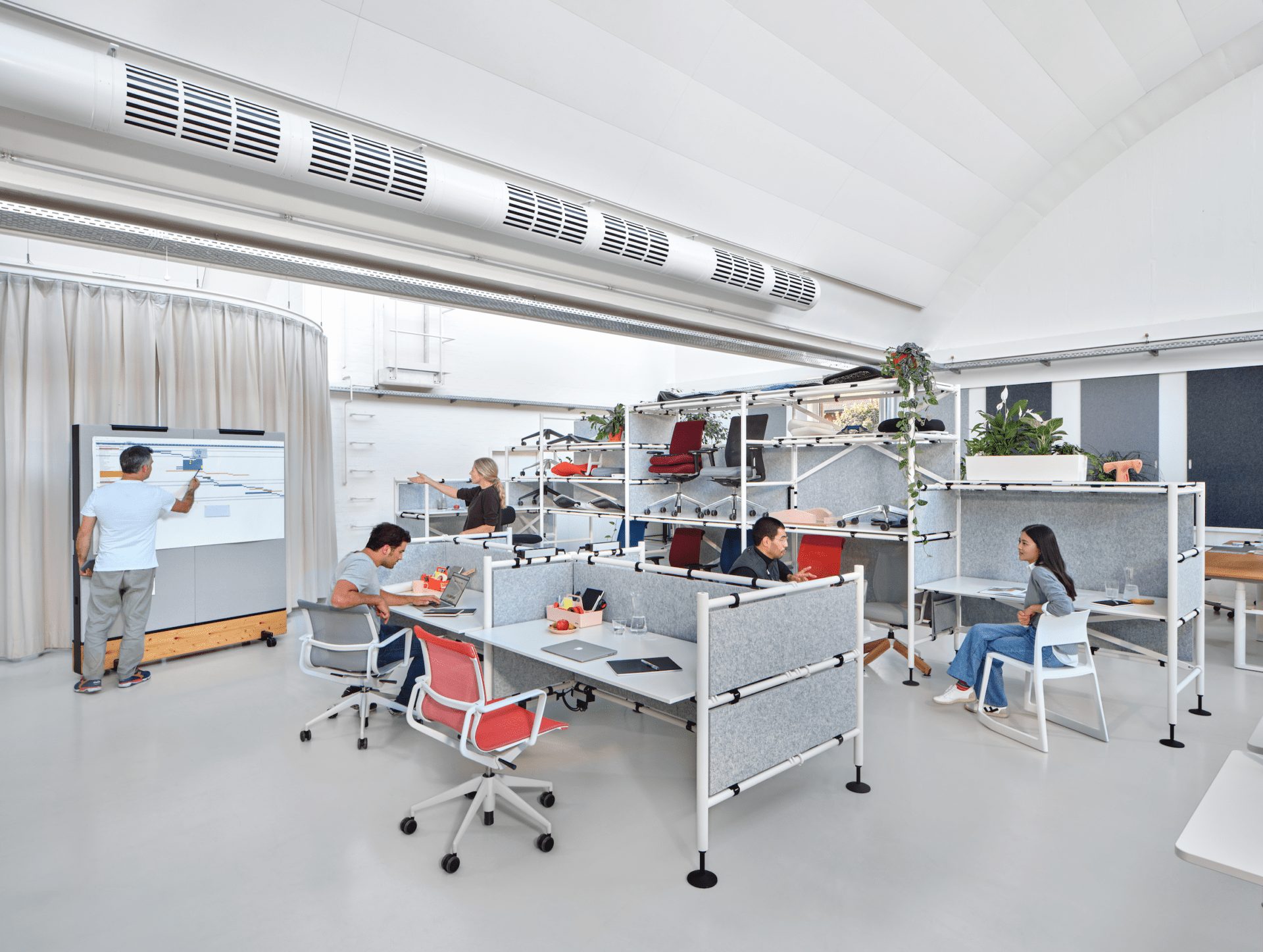
Vitra prides itself on supporting the circular economy when it comes to production and, in that spirit, all materials used for Comma are recyclable and can be reinjected into the production cycle. For instance, screens made of upcycled plastic serve as the sound-absorbing back walls of shelf units, or as privacy screens and partition panels.
“It’s a system with a long service life, which is further expanded by its reconfigurability,” explains Grosen. “Individual parts are easy to separate and recycle.”
Vitra’s staff are not immune to the changing world of work and have made much use of Comma themselves. The system has been installed in the company’s Club Office at its HQ in Birsfelden, Switzerland, a space conceived for post-pandemic working with different zones that cater to various scenarios, from working alone to having group meetings and presentations.
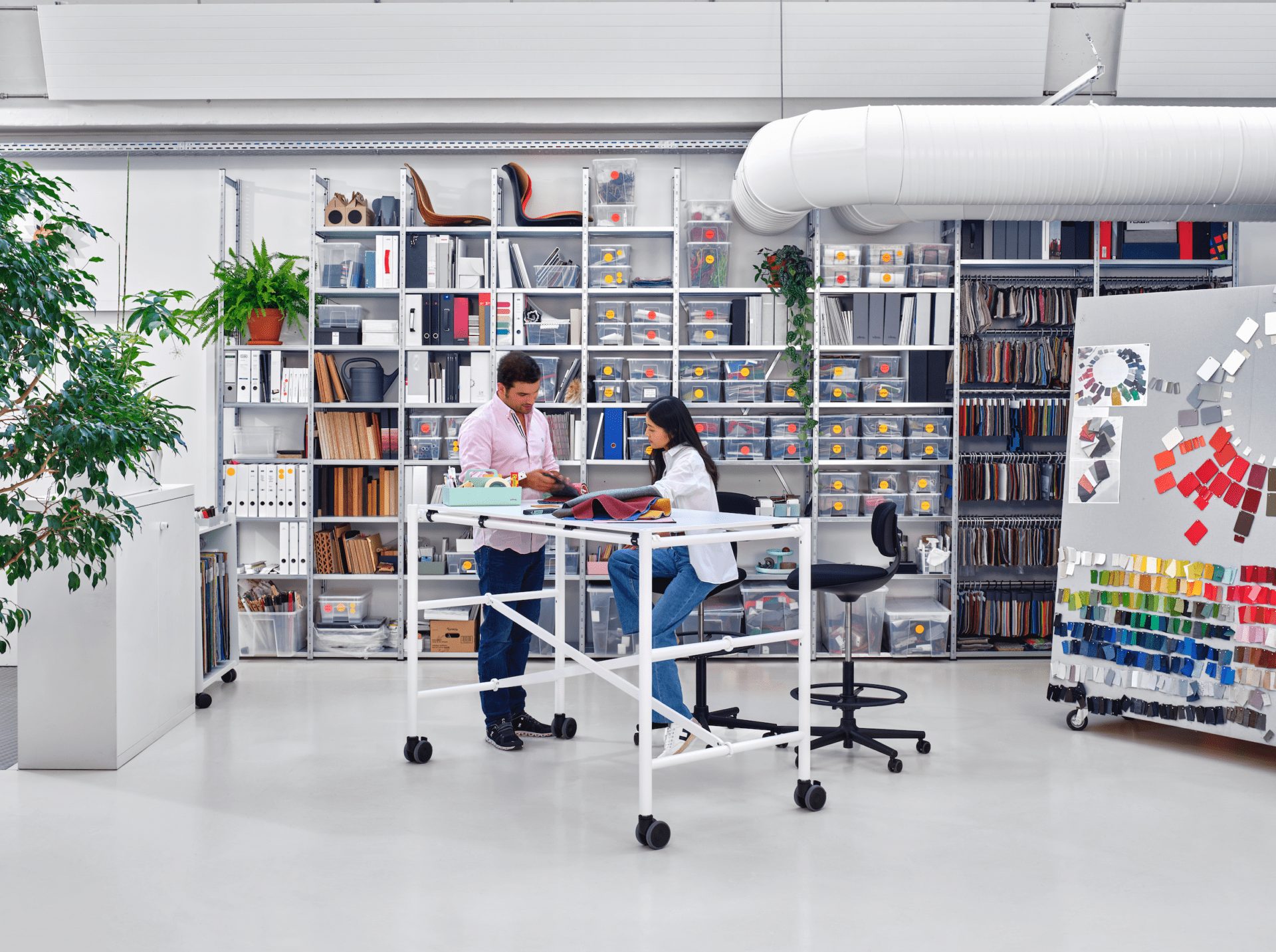
For Vitra’s development team, Comma is put to work in the private area of the office where efficient collaboration between project teams is needed – the system is set up as shelf units to display working designs, is equipped with acoustic elements and also allows for concentrated desk work.
“Since moving into the Club and the new Comma environment we have become noticeably more productive,” says Grosen. “We are faster, with more direct paths of communication. And when one project is finished, the team comes together and adapts the Comma configuration to its new needs.”
Images courtesy of Vitra
As featured in OnOffice 158, Spring 2022. Read a digital version of the issue for free here





